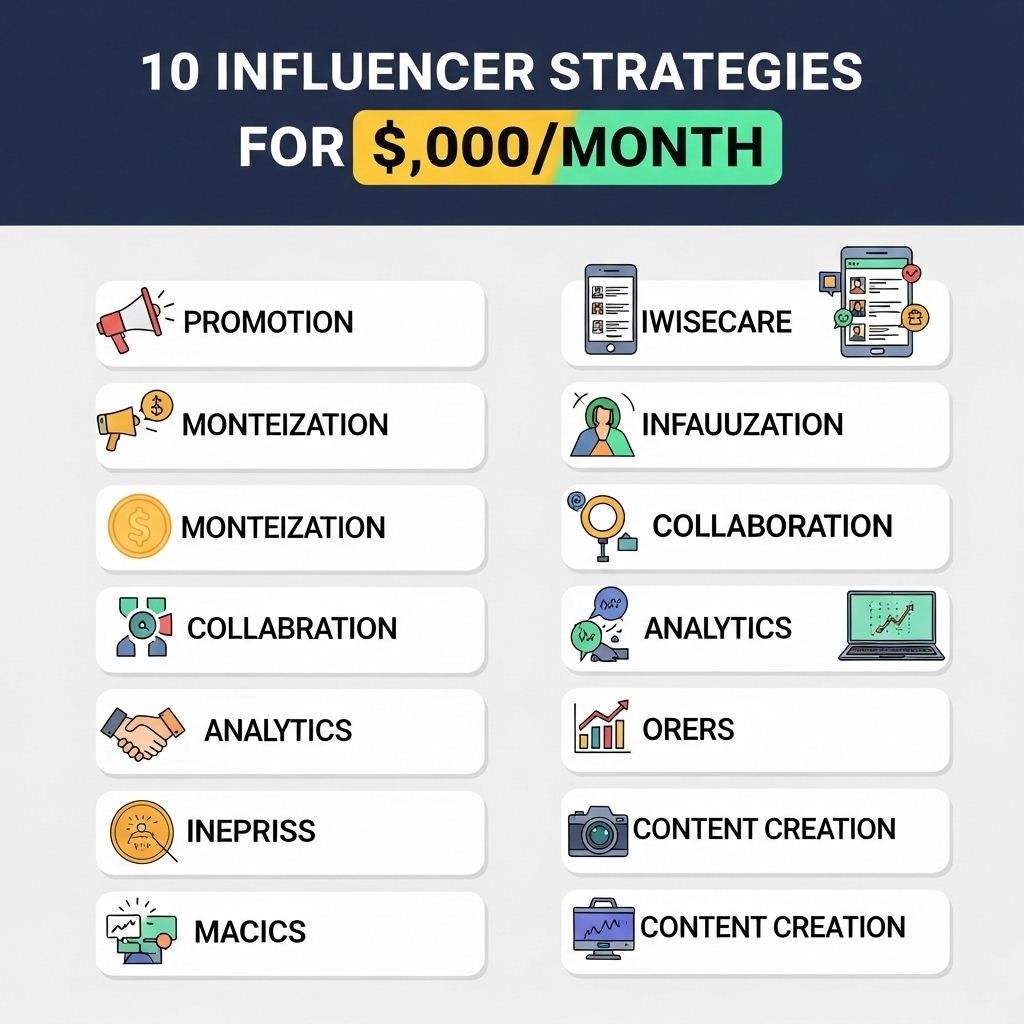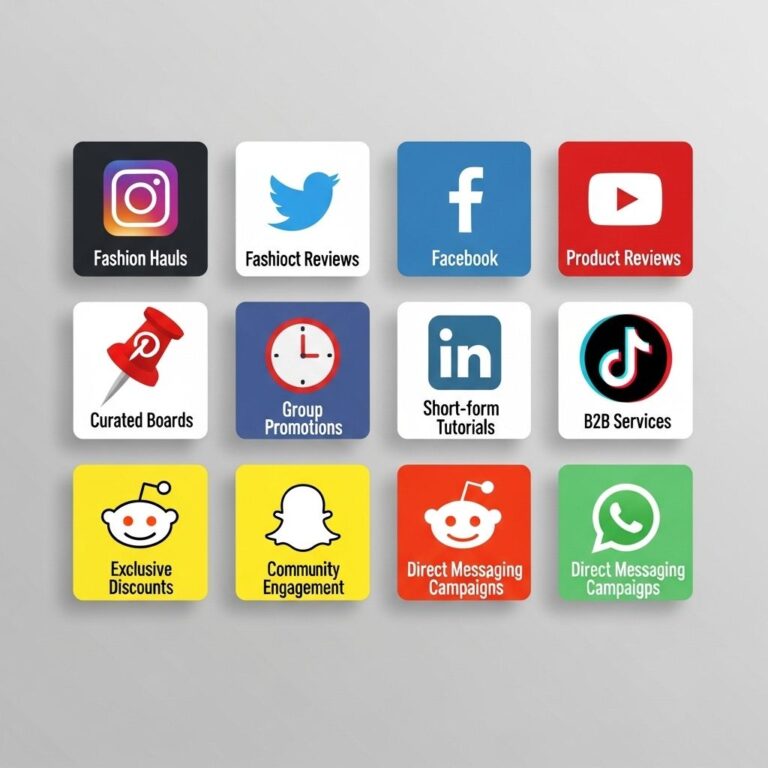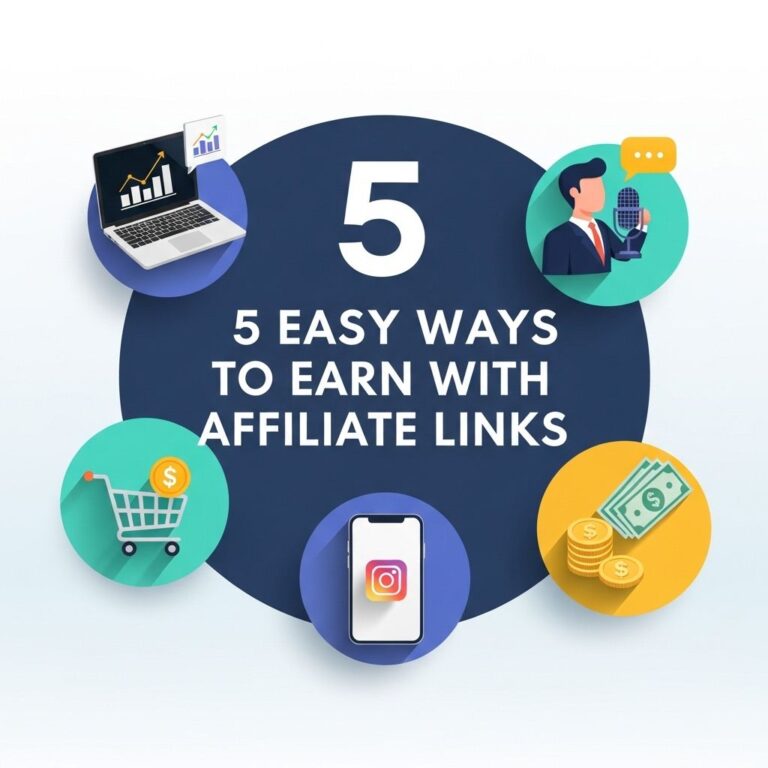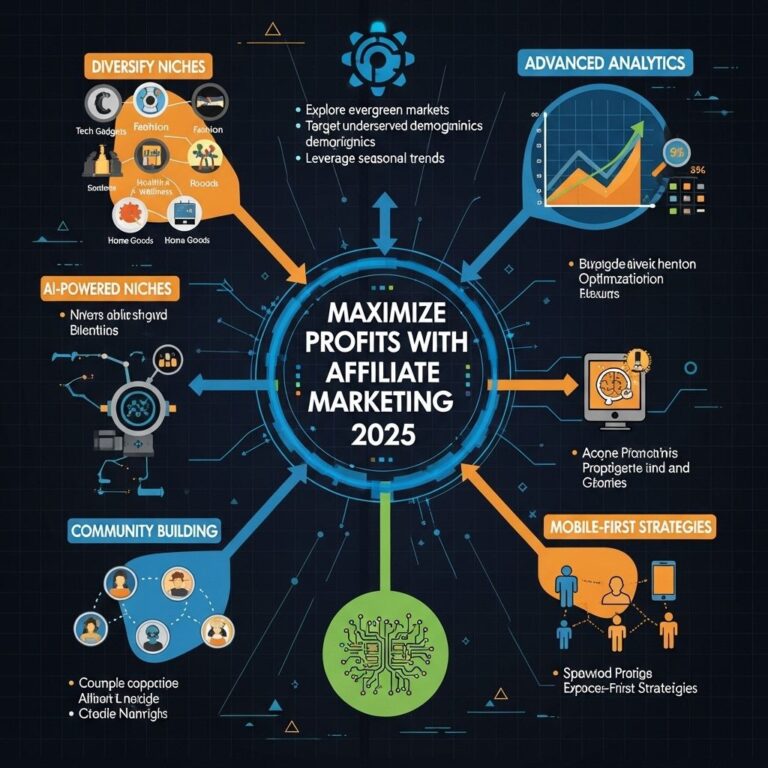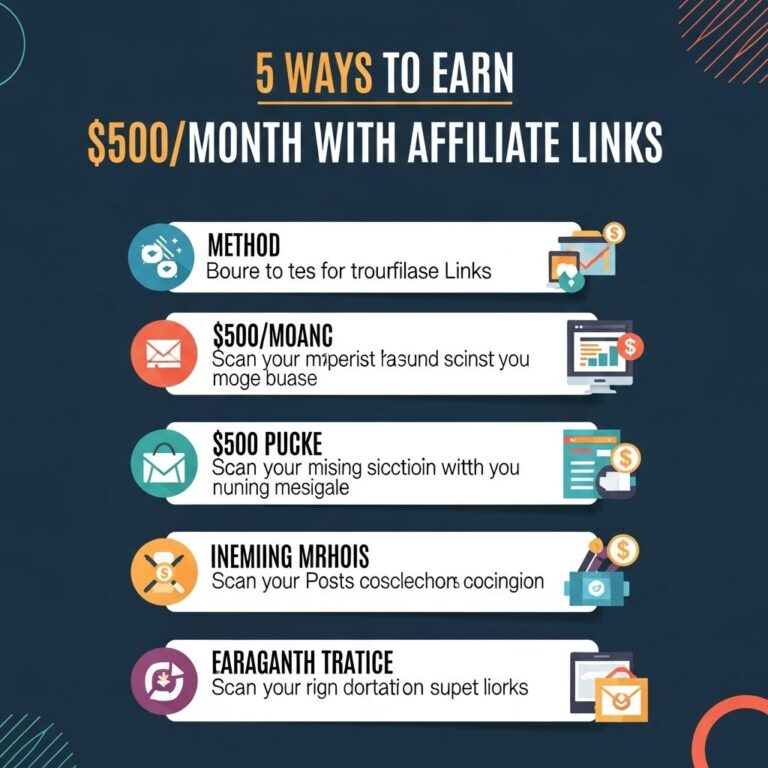In the rapidly evolving world of digital marketing, influencer strategies have become a cornerstone for brands looking to enhance their reach and engagement. With a budget of $5,000 a month, businesses can effectively leverage influencer marketing to achieve impressive results. This article explores ten actionable strategies to maximize your investment in influencer collaborations, ensuring that every dollar spent contributes to your overall goals.
Table of Contents
Understanding Influencer Marketing
Influencer marketing involves partnering with individuals who have a substantial following in a particular niche, allowing brands to tap into their audience’s trust and loyalty. This strategy can significantly boost brand awareness, increase engagement, and drive sales.
Types of Influencers
Before diving into strategies, it’s essential to understand the different types of influencers:
- Mega Influencers: Typically have over a million followers. They often work with big brands and can generate massive reach.
- Macro Influencers: With followers ranging from 100,000 to 1 million, they are more approachable and can create a significant impact.
- Micro Influencers: Usually have 1,000 to 100,000 followers. They often boast higher engagement rates and niche audiences.
- Nano Influencers: With fewer than 1,000 followers, they offer a highly engaged audience. Brands can establish close-knit relationships through them.
1. Define Your Goals
Before you begin any campaign, it’s crucial to set clear objectives. Consider the following:
- Brand Awareness: Are you looking to increase visibility?
- Engagement: Do you want more interactions on social media?
- Sales: Is your primary goal to drive conversions?
- Content Creation: Are you seeking high-quality content for your brand?
2. Research the Right Influencers
Choosing the right influencer is vital for the success of any campaign. Consider the following factors:
- Niche Alignment: The influencer’s content should align with your brand values and target audience.
- Engagement Rate: An influencer with a smaller following but high engagement can often be more effective than a celebrity with millions of followers.
- Authenticity: Look for influencers who maintain a genuine connection with their audience.
Tools for Finding Influencers
Utilize platforms such as:
| Tool | Description |
|---|---|
| BuzzSumo | Find influencers based on content performance. |
| Upfluence | Manage and analyze influencer campaigns. |
| HypeAuditor | Analyze influencer audiences and engagement. |
3. Build Authentic Relationships
This strategy is about more than just transactions; it’s about creating partnerships. Here’s how to foster strong relationships:
- Engage with their content regularly.
- Offer your products or services for free, allowing influencers to provide honest reviews.
- Personalize your communications to show genuine interest.
4. Create Compelling Campaigns
Influencers are artists in their own right. Allow them creative freedom to promote your brand in a way that resonates with their audience. Here are some ideas:
Campaign Types
- Giveaways: Collaborate with influencers to host giveaways that encourage audience participation.
- Challenges: Create a challenge that influencers can participate in and share with their followers.
- Sponsored Content: Have influencers create posts or videos that feature your product.
5. Leverage Multiple Platforms
Don’t limit your influencer strategies to just one platform. Consider the following:
- Instagram: Great for visual content.
- YouTube: Ideal for in-depth reviews and tutorials.
- Twitter: Effective for real-time engagement.
- TikTok: Perfect for creative and viral content.
6. Track and Measure Performance
To ensure your campaigns are effective, it’s essential to measure their success. Use the following metrics:
- Engagement Rate: Likes, comments, and shares.
- Click-Through Rate: Links clicked on from influencer posts.
- Conversion Rate: The percentage of users who made a purchase after interacting with an influencer’s content.
Tools for Analytics
Consider using tools like:
| Tool | Description |
|---|---|
| Google Analytics | Track traffic and conversions from influencer campaigns. |
| Instagram Insights | Monitor engagement and audience demographics. |
| Facebook Analytics | Evaluate the performance of campaigns across Facebook and Instagram. |
7. Optimize Budget Allocation
With a monthly budget of $5,000, it’s crucial to allocate funds wisely. Consider breaking down your budget as follows:
- Influencer Fees: 60% of your budget
- Content Creation: 20% of your budget
- Advertising Costs: 20% of your budget
8. Foster Community Engagement
Encouraging influencers to interact with their followers regarding your brand can create a community feel. Here’s how:
- Respond to comments on influencer posts.
- Host live Q&A sessions.
- Encourage influencers to share their experiences with your product.
9. Stay Current with Trends
The digital landscape is constantly changing. Keeping up with influencer marketing trends can provide an edge. Some current trends include:
- Micro and Nano Influencers: They often have higher engagement rates.
- Short-Form Video Content: TikTok and Instagram Reels are gaining traction.
- Sustainability and Ethics: More consumers are favoring brands that are environmentally conscious.
10. Evaluate and Iterate
After each campaign, it’s essential to evaluate what worked and what didn’t. Use the insights gained to iterate future campaigns effectively. Consider conducting surveys with influencers to get feedback and suggestions for improvement.
By implementing these ten influencer strategies, brands can maximize their $5,000 monthly budget, leading to significant returns on investment. As the digital landscape continues to evolve, staying adaptable and open to new ideas will be key to thriving in the world of influencer marketing.
FAQ
What are influencer marketing strategies?
Influencer marketing strategies involve collaborating with individuals or brands that have a significant following in order to promote products or services effectively. These strategies can include sponsored posts, giveaways, or brand ambassadorships.
How can I effectively use a $5,000 monthly budget for influencer marketing?
With a $5,000 budget, you can focus on micro-influencers, create engaging content, run targeted campaigns, and track performance metrics to ensure a good return on investment.
What types of influencers should I target for my campaigns?
It’s best to target influencers whose audience aligns with your brand. Micro-influencers often have higher engagement rates, while larger influencers can provide broader reach.
How can I measure the success of my influencer marketing strategies?
Success can be measured through various metrics such as engagement rates, website traffic, conversion rates, and overall return on investment (ROI) from the campaigns.
Can influencer marketing work for small businesses?
Yes, influencer marketing can be highly effective for small businesses, especially when partnering with local or niche influencers who can authentically connect with the target audience.
What are some examples of successful influencer campaigns?
Successful influencer campaigns often include unique storytelling, challenges, or product launches that resonate with the audience, such as beauty brands partnering with makeup artists or fitness brands collaborating with personal trainers.

